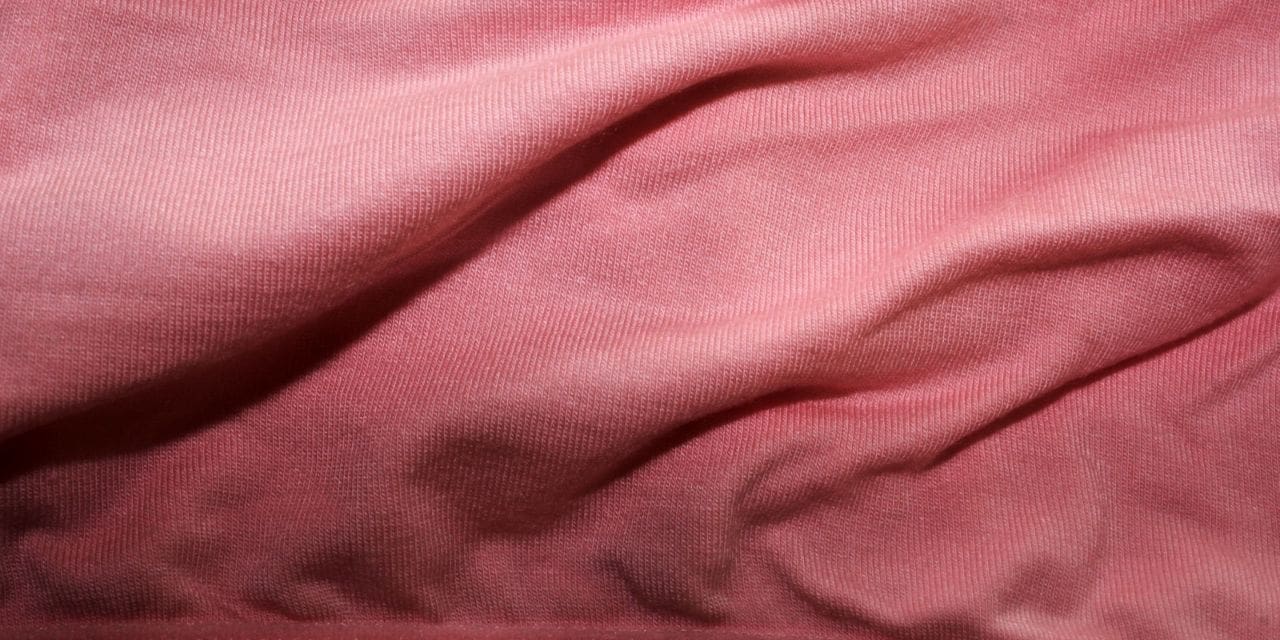The world is constantly evolving and so do the methods we use to produce different things we use in our everyday life. Besides the electronics and all appliances, all people use clothes. Without them, we will probably freeze during winter, although during hot summer days, maybe we could be better without them. However, fashion is something that exists across the globe and people adhere to it.
The industry of fast fashion is estimated to be around $31 billion in 2020. And even though it is expected to decline, due to the environmental consequences, it still is one of the most successful ones. And the textile industry is there too. In the US, the textile industry is estimated to be around $70 billion, one of the most successful ones from the entire manufacturing sector.
So, even though people might begin to buy fewer clothes, the Earth’s population is growing. And the need for clothes and textiles will be rising too. Some people like some fabrics because they are soft, while others prefer other ones because they allow their bodies to regulate their temperature easier. But as technology is developing steadily, new techniques and technologies begin to make room in the textile sector.
E-textiles
If you have not heard about e-textiles, do not be afraid. They are just emerging on the market, but their popularity is slowly rising. This is because they are something really new and innovative. E-textiles are textiles that enable digital components. How nice would it be to have an integrated light into your jacket’s arm? Or a battery to charge your phone? Well, all these are not dreams anymore.
They are slowly turning into reality, as an essay writer from bestessays.com points out. E-textiles are the future, but there is still a lot to work on. The best thing is that constant research is done on this topic as humanity is going to create the clothes of the future. And this is something we have only seen in movies.
However, you should know that e-textiles are not new to the health domain. This is the sector where the idea of e-textiles emerged, as they can be used in a wide variety of diseases to ease the life of patients.
For example, there already are bio-textiles that have digital components integrated that allow doctors to monitor the health state of their patients. There are protective textiles used in the health industry as emergency-disaster wear. And there are many more specific cases where e-textiles are present. But now they will make room in the general clothing sector too. And people will love them.
Converting Fabric Into E-Textiles
However, the greatest challenge posed by these technological developments is that in specific conditions, fabrics can change their structure. They can change their unique properties; thus, clothes will not be as they were before. Some fabrics might be less soft and this can seriously affect the selling of those clothes. Even though people will be excited about this new feature, not many of them will compromise when it comes to the quality of the fabric.
So, how to convert fabric into e-textiles without changing unique properties?
Well, the researchers of Saarland University in Germany think they are onto something. Many producers used to just attach digital components to the fabric. But this might not be a sustainable way to do it. On top of this, the process takes quite a lot of time.
Jurgen Steimle, one of the professors involved in the research on this topic, says that they might have found a way to not just attach digital components to the fabric, but integrate them. And they can do this easily, faster, and without changing the unique properties of the fabric.
And this is really good news. The fabrics that already have attached digital components on the fabric usually restrict the movement of the body and are not so comfortable. But with this new integrative method discovered by the scientists of Saarland University, the future looks brighter. It is an important discovery and it will surely lead the way to more innovations as well. The textile industry will become more versatile and it will have a greater degree of freedom when it comes to manufacturing.
Conclusion
As technology is developing more, innovations are popping up. If people thought that e-textiles are something you only see in movies, they were wrong. It looks like movies are slowly turning into reality and soon we will have clothes with digital elements integrated. They already are a thing in the healthcare domain as they help doctors monitor the health state of their patients.
But researchers have found a way to convert fabric into e-textiles without changing their unique properties, which is awesome. This means that fabrics will still be soft and stretchable while they have digital wires and elements integrated.
Author:
Justin Osborne
Essay writer from bestessays.com, he loves to share his thoughts and opinions about education, writing and blogging with other people on different blogs and forums.

